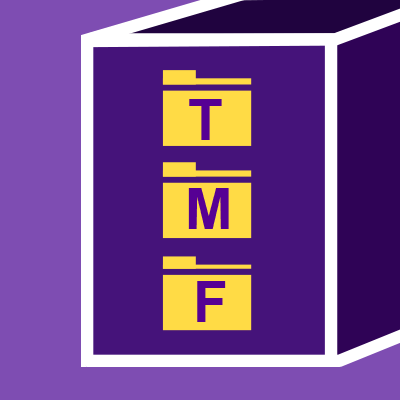A Trial Master File (TMF) is the collection of documentation that allows the conduct of the clinical trial, verification of the integrity of the trial data and demonstrates compliance of the trial with Good Clinical Practice (GCP).
Today, clinical trials take place at multiple sites, often across the globe, with TMF documentation coming from several different sources. This means that not only do you need a documentation process to keep all the Stakeholders (Contract Research Organizations (CRO’s), vendors and internal users) as transparent as possible. But also that all parties needs must be met. These needs include having a way to access documents and a place to collectively store them, all the while managing things like version control and audit trails. Reconciling these various needs has caused a lot of pain and wasted time across the industry.
Honestly, it’s more than just important…it’s essential to have a place for everything, and have everything in its place, especially when it comes time to be finding, amending, and auditing these documents.
I can tell from my 10+ years in this clinical research industry that the filing processes of TMF documents is often the last thing on your mind. Resolving urgent site issues, dealing with recruitment issues, safety issues, protocol amendments, monitoring trip reports are all priorities and often take precedence over documentation concerns. Incorporating TMF activities and follow-up on missing documents is just not part of your everyday work.
Companies often resort to haphazard or non-compliant methods just to get it done in time for the next TMF audit or just in time for the submission. This brings a new meaning to rush job!!
In 2010, the Drug Industry Association (DIA) formed the TMF Reference Model Group, which created the TMF Reference Model, and which it updated in 2012. The TMF Reference Model is a set of guidelines, that clearly delineate what documentation is to be filed where, and who should have access to it. The TMF Reference Model is being adopted by many organizations in the industry in order to organize their documents, and have a clear idea about where each document is, and where the gaps are.
In September 2012, the Medicines and Healthcare Regulatory Agency (MHRA) published a Good Clinical Practice (GCP) guide with an entire chapter on TMF, archiving, and addressing the subject of eTMF. In2013, the European Medicines Agency (EMA) issued a draft “Reflection paper on GCP compliance in relation to trial master files (paper and/or electronic) for management, audit and inspection of clinical trials”. This paper is the first published framework for eTMF for an entire region. The EMA states that the paper was generated in response to the numerous questions they had received regarding TMF / eTMF, as well as in response to inspection findings.
These publications have stimulated industry interest in this topic and contributed to the changing landscape of TMF management, especially for new trials just being launched. The new question is, where do we go from here?

